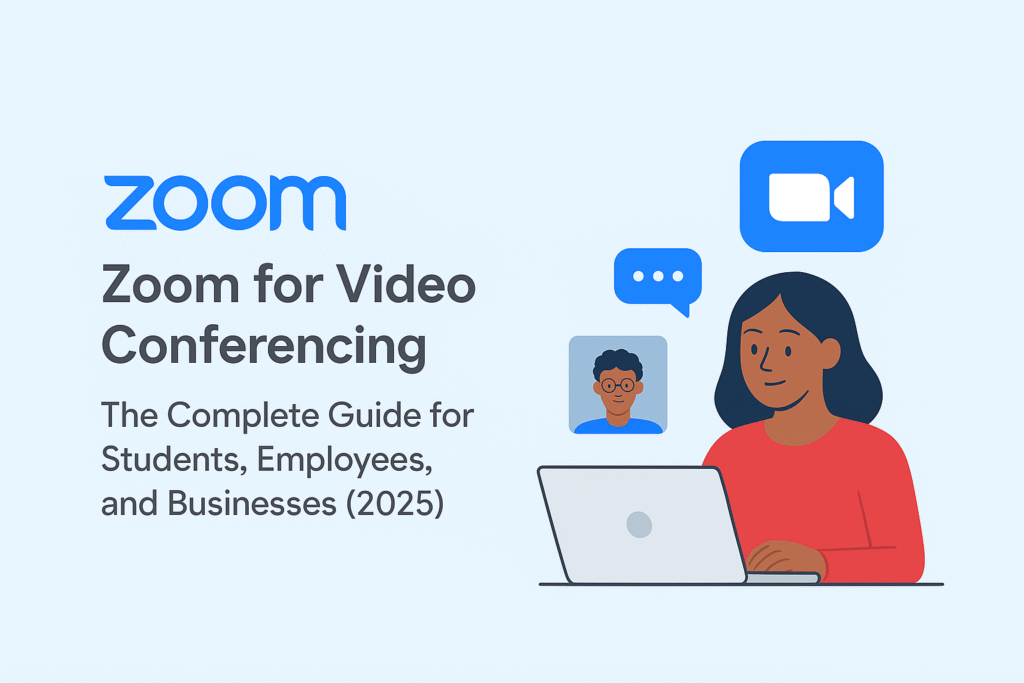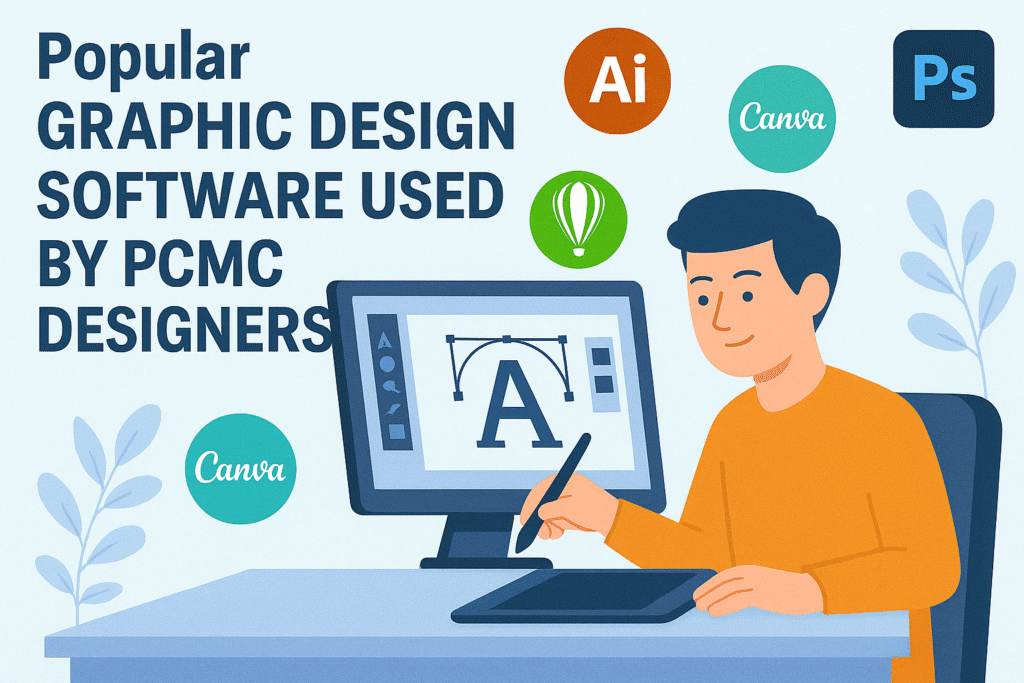App development is no longer limited to professional coders. In 2025, low-code and no-code platforms are making it possible for students, employees, entrepreneurs, and IT teams to create powerful applications without writing thousands of lines of code.
From drag-and-drop interfaces to AI-generated workflows, these platforms are transforming how software is built — faster, easier, and more accessible than ever.
What Are Low-Code and No-Code Platforms?
Low-code platforms allow you to build apps with minimal coding, while no-code platforms require no programming at all.
Instead of manually writing code, users create applications through visual editors, pre-built templates, and automation tools.
Popular platforms in 2025 include:
- Airtable – Flexible databases with app-building features.
- AppSheet – Google’s no-code platform for mobile and web apps.
- OutSystems – Enterprise-grade low-code platform.
- Bubble – No-code platform for interactive web apps.
Why Low-Code/No-Code Is Trending in 2025
According to Google Trends, searches for “no-code app builder” have grown significantly in the past year. The reasons include:
- Faster Development Cycles – Launch apps in days, not months.
- Cost Savings – No need to hire large development teams.
- Accessibility – Enables students learning programming to build projects without deep coding skills.
- Business Agility – Companies can quickly create internal tools and CRM systems.
- Integration with AI – Many platforms now include AI assistants to suggest workflows.
Key Features of Low-Code/No-Code Platforms
- Drag-and-Drop UI Builder – Design app interfaces visually.
- Pre-Built Templates – Start with ready-to-use designs.
- Workflow Automation – Create automated tasks without coding.
- Database Integration – Connect apps to Google Sheets, MySQL, or Airtable.
- Cross-Platform Deployment – Publish apps on web, iOS, and Android.
Use Cases for Different Users
For Students
- Final Year Projects – Build apps without advanced coding.
- Startup Ideas – Launch MVPs quickly for competitions.
- Portfolio Building – Showcase skills to potential employers.
For Employees
- Internal Tools – Automate daily tasks like expense tracking.
- Team Collaboration Apps – Create task boards and shared calendars.
- Data Dashboards – Visualize KPIs without a developer’s help.
For IT Companies
- Rapid Prototyping – Test ideas before full-scale development.
- CRM and ERP Systems – Customize solutions without coding from scratch.
- Agile Project Management – Build tools to track sprints and bug fixes.
Challenges and Limitations
- Customization Limits – Some advanced features still require coding.
- Scalability Issues – Large-scale enterprise apps may outgrow no-code solutions.
- Vendor Lock-In – Switching platforms can be complex.
Key Points of this article
- low-code platforms 2025
- no-code app builders
- best app building tools for beginners
- Airtable vs AppSheet
- drag-and-drop app builder
- AI-powered app development
Tips for Getting the Most Out of Low-Code/No-Code Tools
- Start with Templates – Save time and customize later.
- Integrate APIs – Expand features by connecting third-party services.
- Plan Your Data Structure – Organize your database before building.
- Test Early – Identify bugs before launching to users.
Final Thoughts
In 2025, low-code and no-code platforms are no longer niche — they are mainstream tools for innovation.
For students, they are a way to turn ideas into real apps without advanced coding skills. For employees, they speed up workflow automation. For IT companies, they enable rapid prototyping and internal tool creation.
Used wisely, these platforms can bridge the gap between non-technical creators and full-scale developers, making app development faster, cheaper, and more inclusive.



